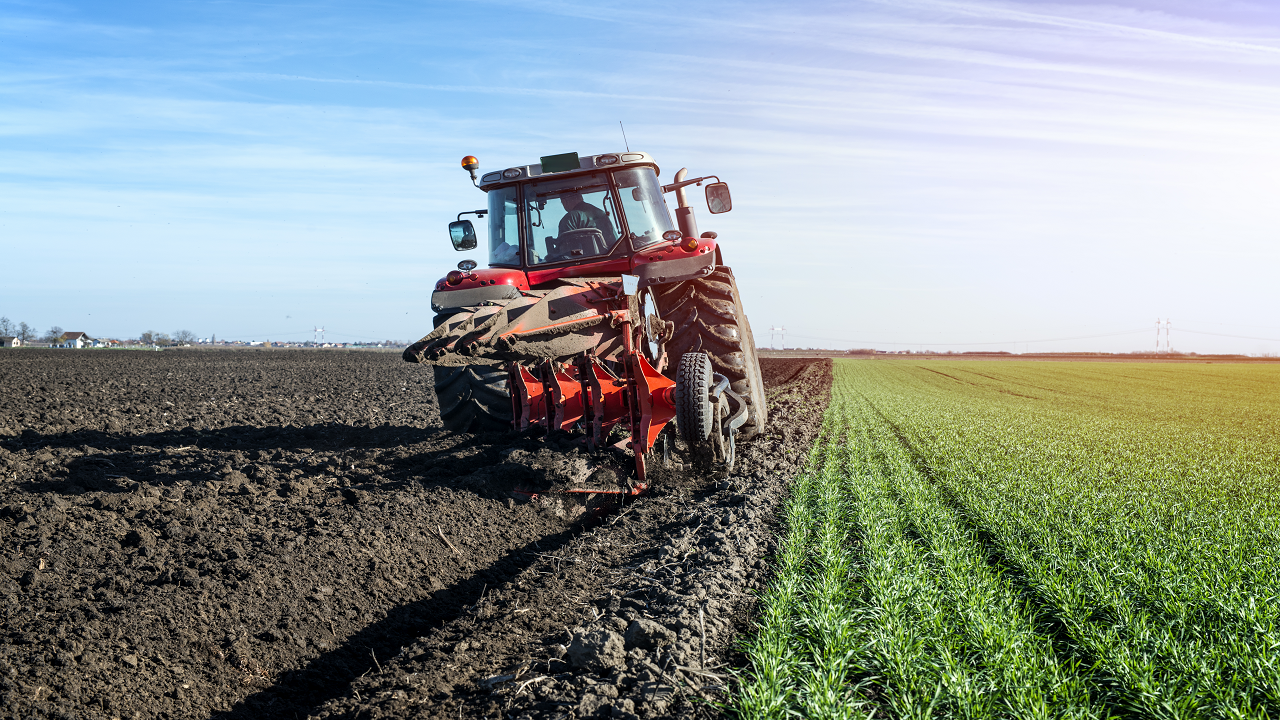
For ages, agriculturalists have contemplated and laboured on the challenge of enhancing agricultural productivity. Among the remedies discovered, certain proved effective while others did not yield the desired results. Presently, in conjunction with the invaluable wisdom passed down by preceding generations of farmers, the agricultural sector can also capitalize on the accomplishments of contemporary science and technology.
Let's delve into the primary methods by which farmers can amplify crop yields, and explore how merging past expertise with advanced technology can substantially enhance agricultural outcomes.
1. Improved Crop Varieties: The use of high-yielding crop varieties that are disease-resistant, drought-tolerant, and adapted to local conditions can significantly enhance yields.
2. Precision Farming: Utilize technologies like GPS, remote sensing, and data analytics to manage fields more precisely. This includes variable rate applications of fertilizers, pesticides, and irrigation based on real-time data.
3. Optimized Irrigation: Implement efficient irrigation methods such as drip and sprinkler systems to provide the right amount of water at the right time, reducing water wastage.
4. Soil Health Management: Maintain soil fertility through practices like crop rotation, cover cropping, and organic matter addition. Healthy soils lead to better nutrient availability and improved plant growth.
5. Integrated Pest Management (IPM): Use a combination of biological, chemical, and cultural methods to manage pests and diseases effectively while minimizing environmental impact.
6. Fertilizer Management: Apply fertilizers based on soil testing and nutrient requirements. This prevents over-fertilization, reduces nutrient runoff, and maximizes nutrient uptake by plants.
7. Mechanization and Automation: Employ modern farm machinery for timely planting, harvesting, and other field operations. Automation can help ensure tasks are done efficiently and accurately.
8. Crop Rotation: Rotate crops to disrupt pest and disease cycles, improve soil structure, and prevent nutrient depletion.
9. Companion Planting: Plant compatible crops together to optimize space, improve nutrient utilization, and deter pests naturally.
10. Use of Biologicals: Implement biological products such as beneficial insects, microbes, and natural predators to control pests and enhance plant health.
11. Protected Cultivation: Greenhouses and other controlled environments provide optimal growing conditions, protection from adverse weather, and reduced pest pressure.
12. Optimal Plant Density: Proper spacing between plants helps maximize light interception, air circulation, and nutrient utilization, leading to higher yields.
13. Post-Harvest Management: Efficient handling, storage, and transportation techniques help minimize post-harvest losses, ensuring that more of the harvested crop reaches consumers.
14. Climate-Resilient Practices: Adopt practices that mitigate the impacts of climate change, such as early planting to avoid extreme weather events or shifting planting dates to match changing temperature patterns.
15. Education and Training: Providing farmers with access to up-to-date agricultural knowledge and training can help them adopt best practices and innovative techniques.
16. Crop Genetic Improvements: Invest in research and development of genetically modified crops that have traits such as increased yield potential, pest resistance, and tolerance to environmental stressors.
Remember that the effectiveness of these strategies can vary based on local conditions, crop type, and the specific challenges faced by each farming operation. A combination of these approaches tailored to the local context can lead to sustainable increases in crop yield per acre.
















